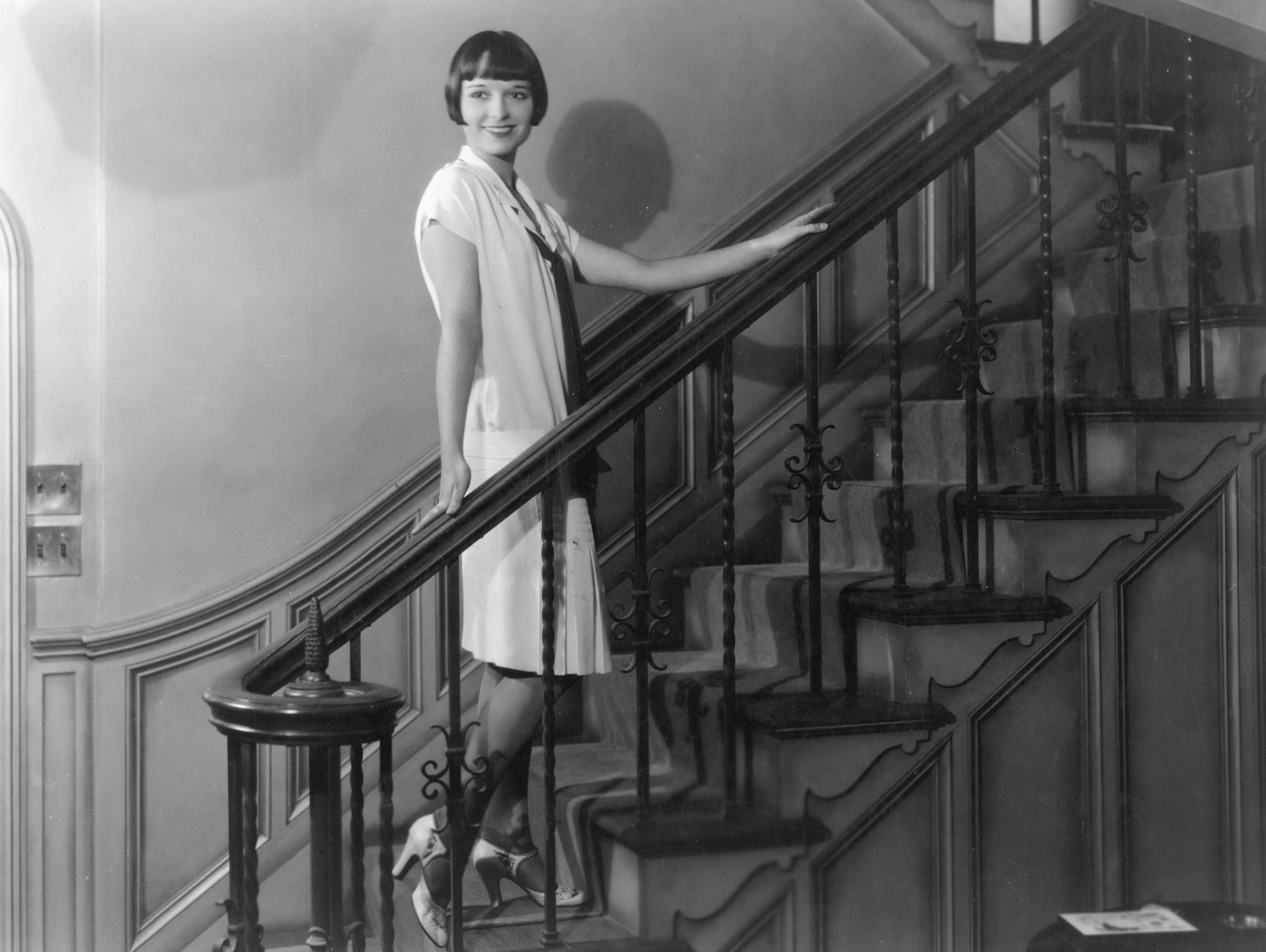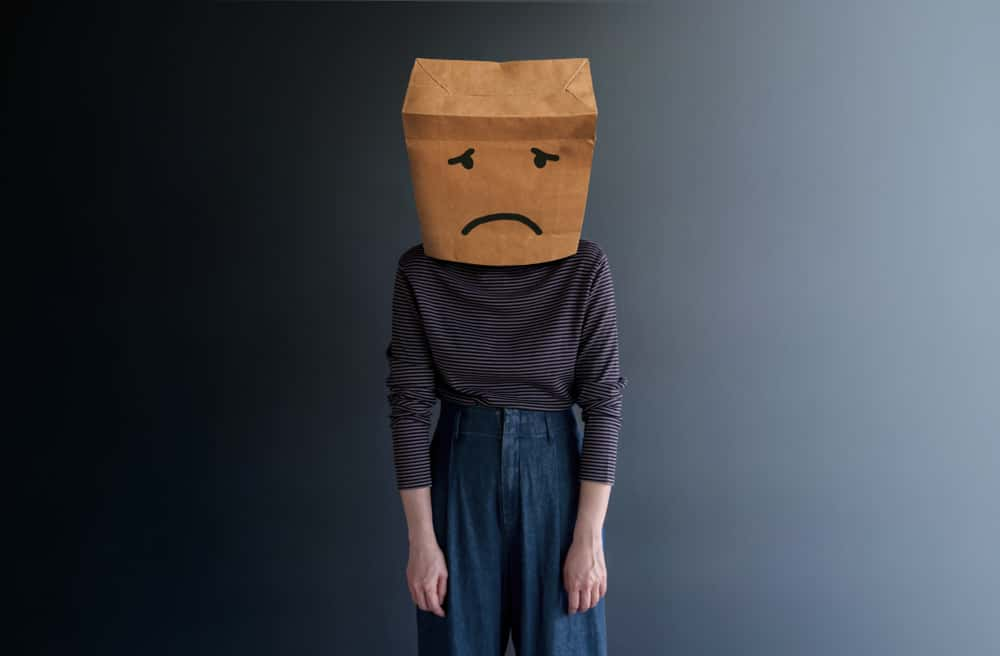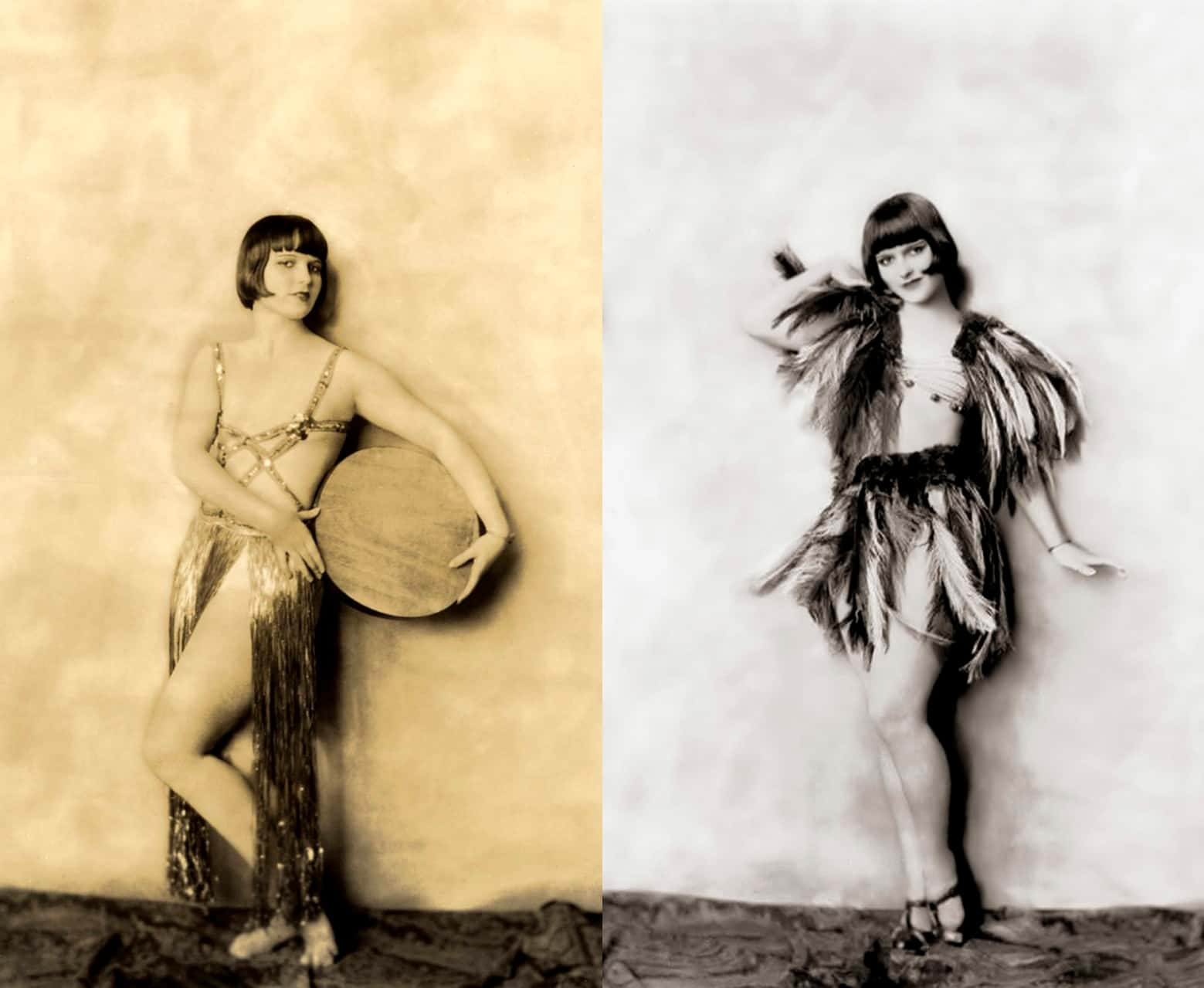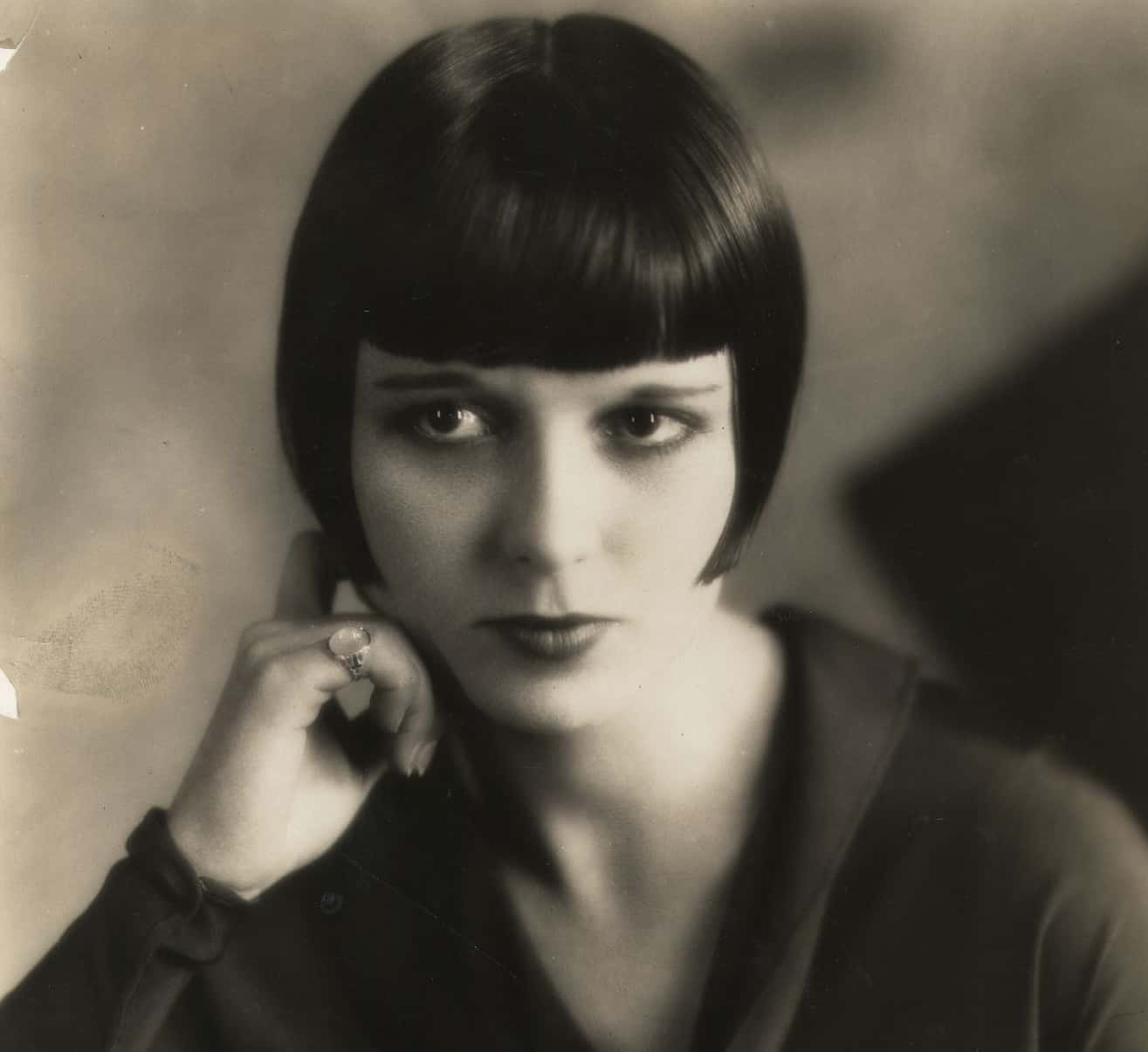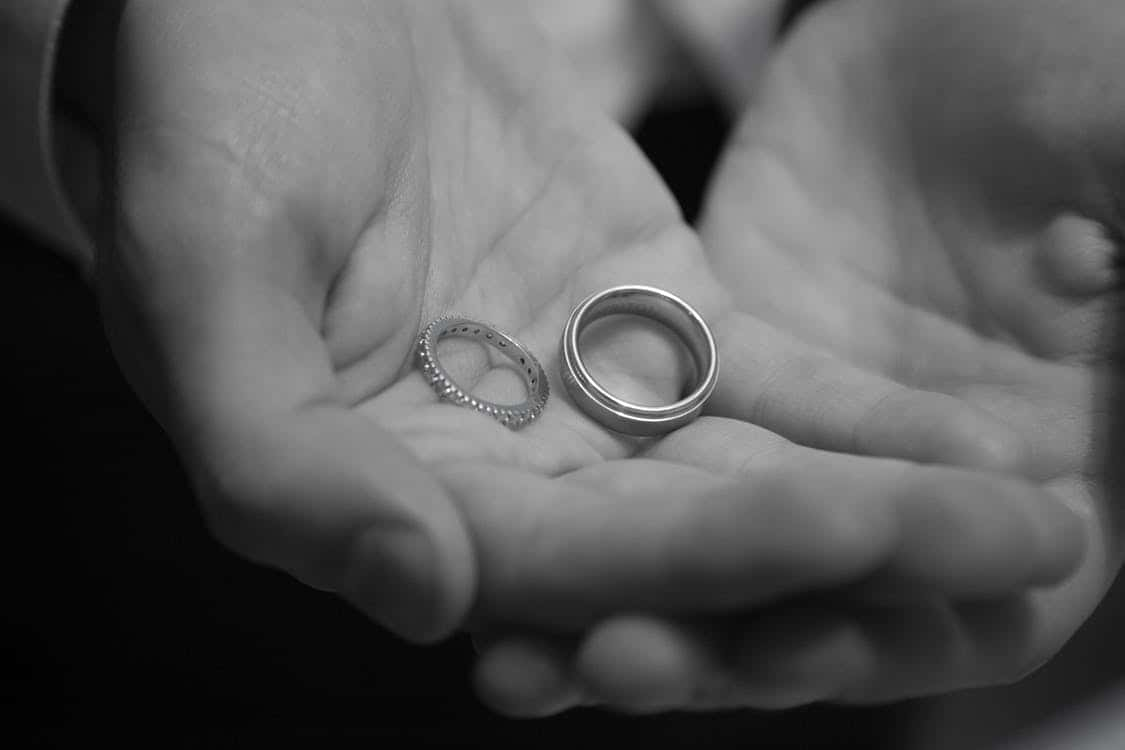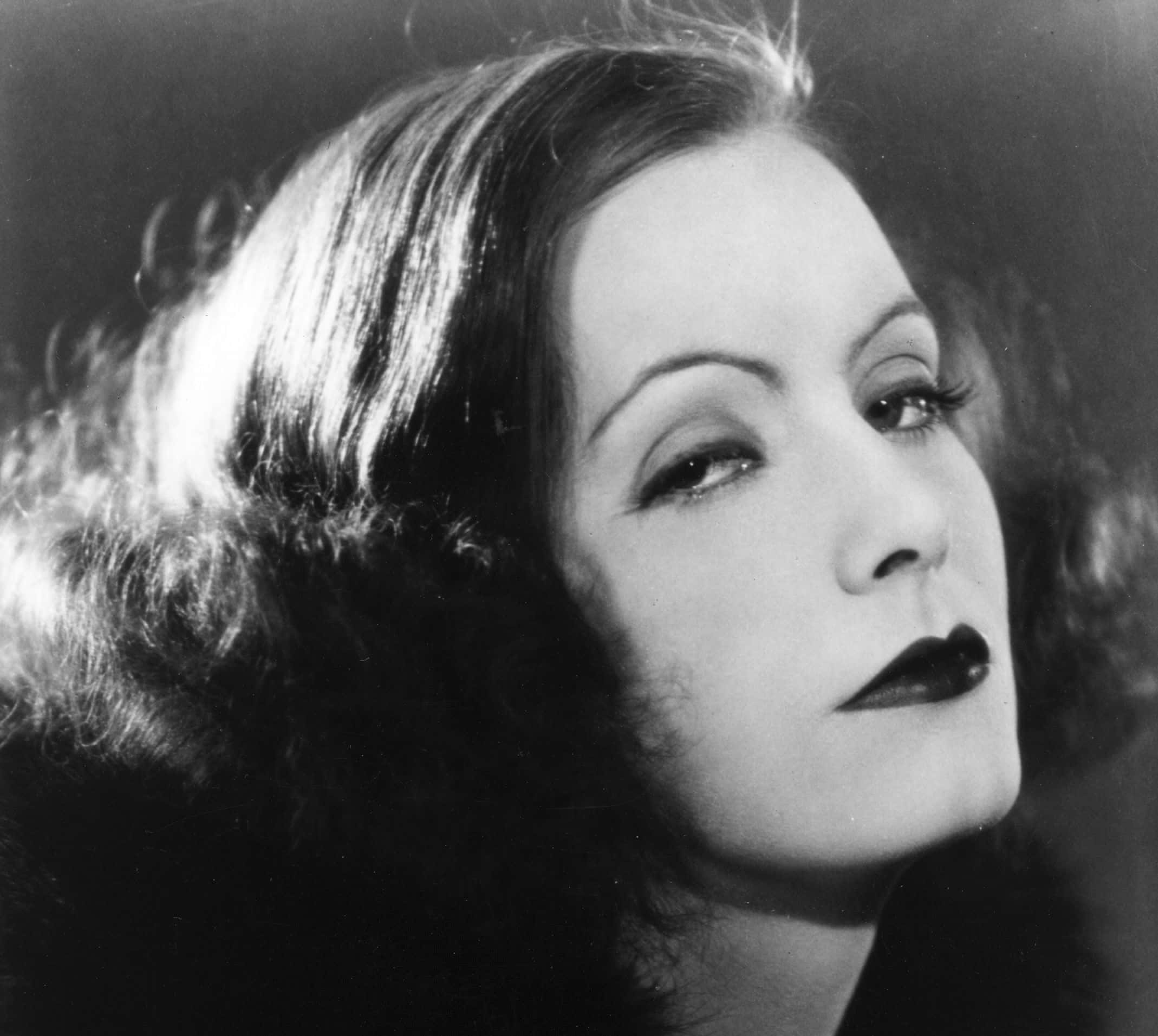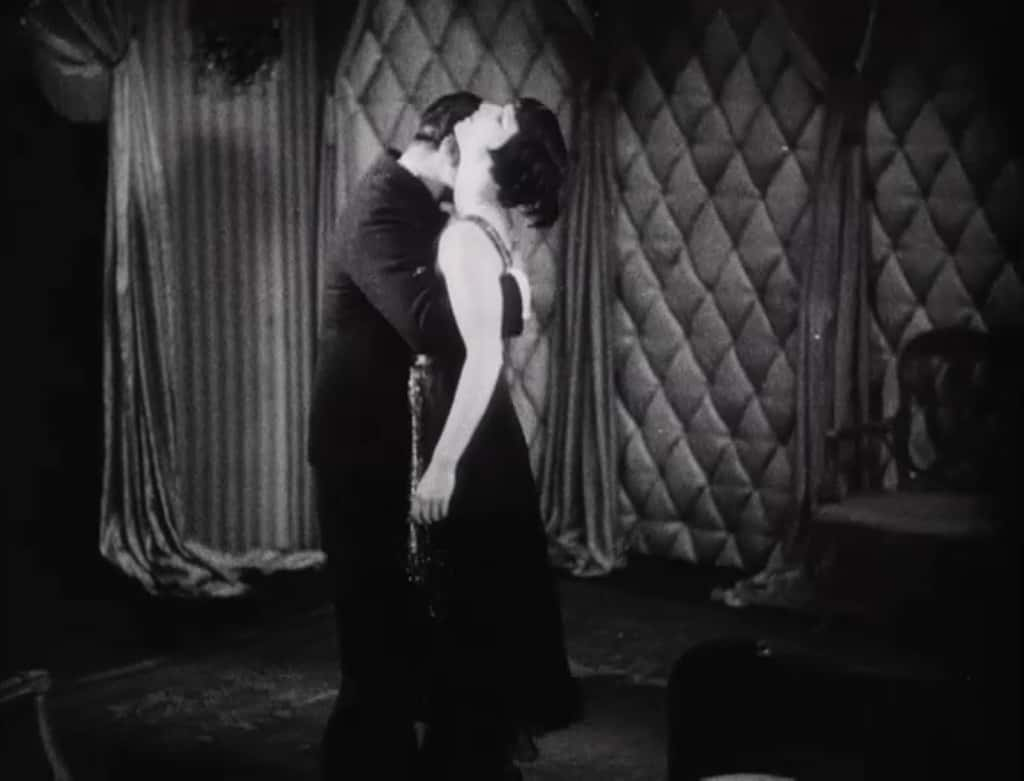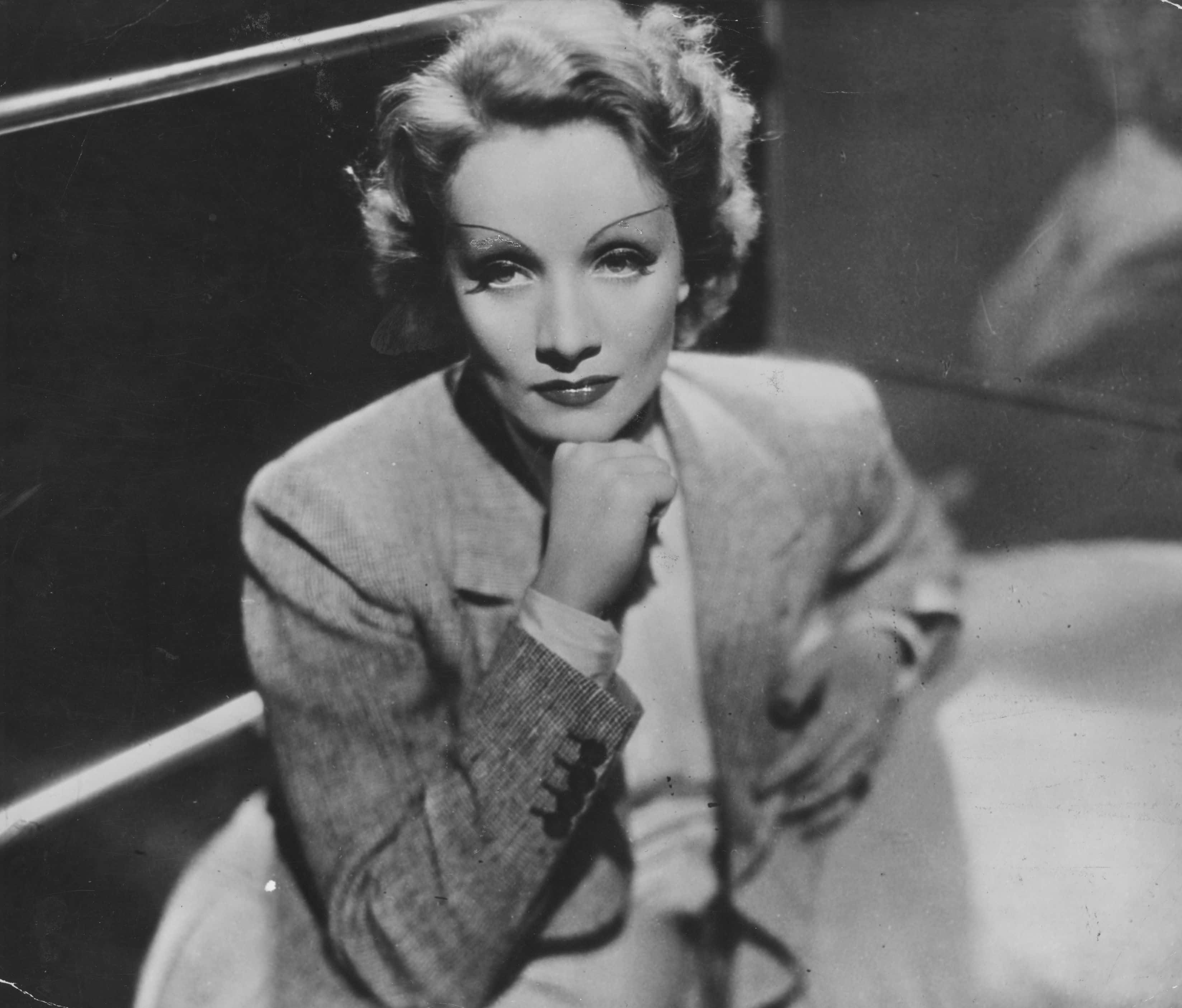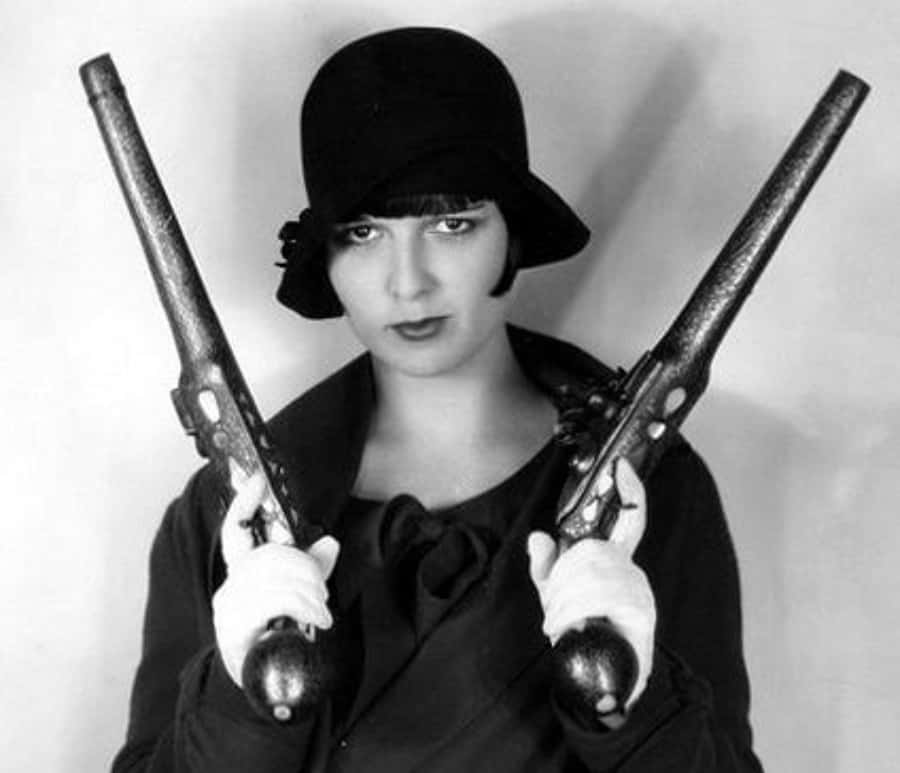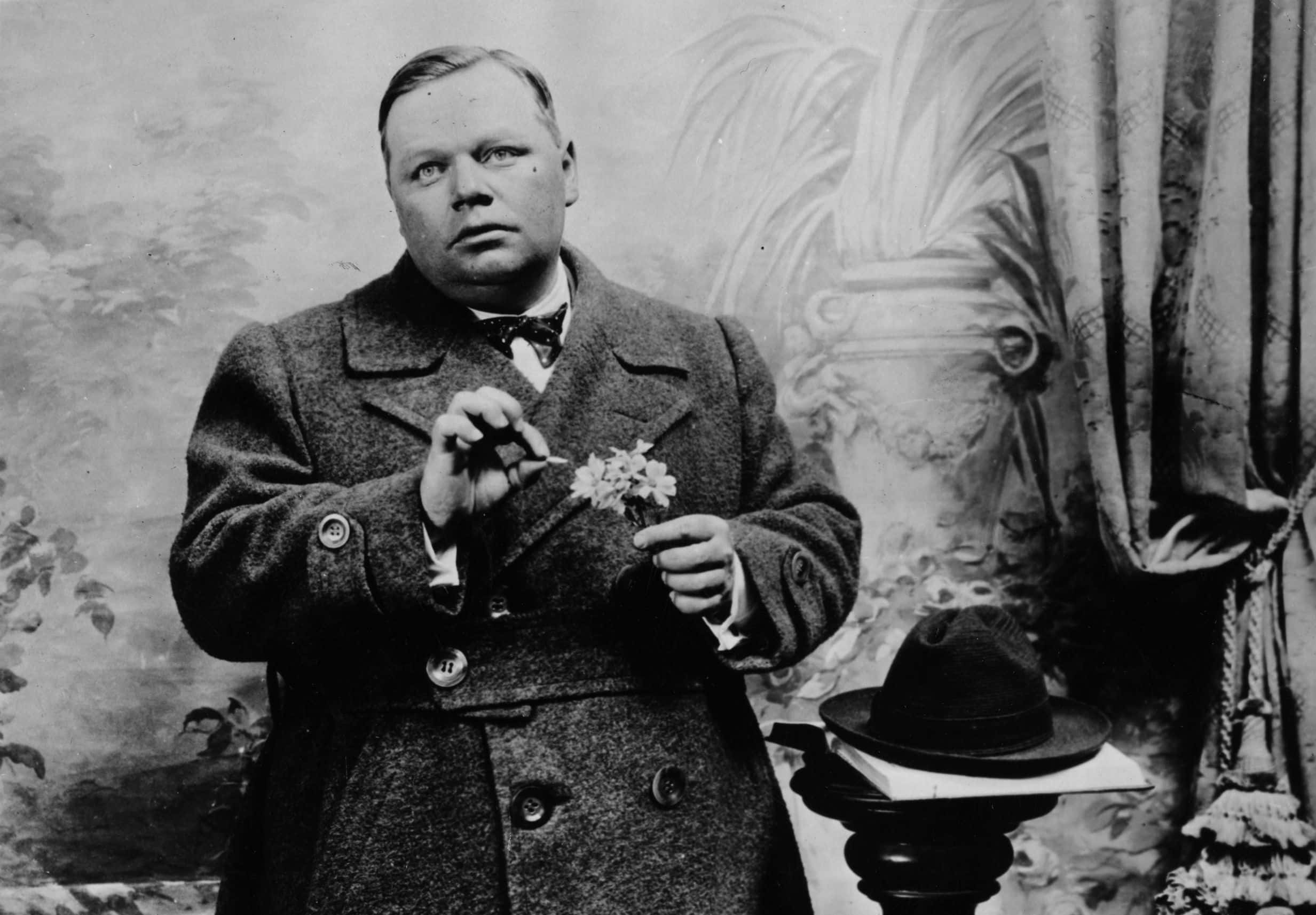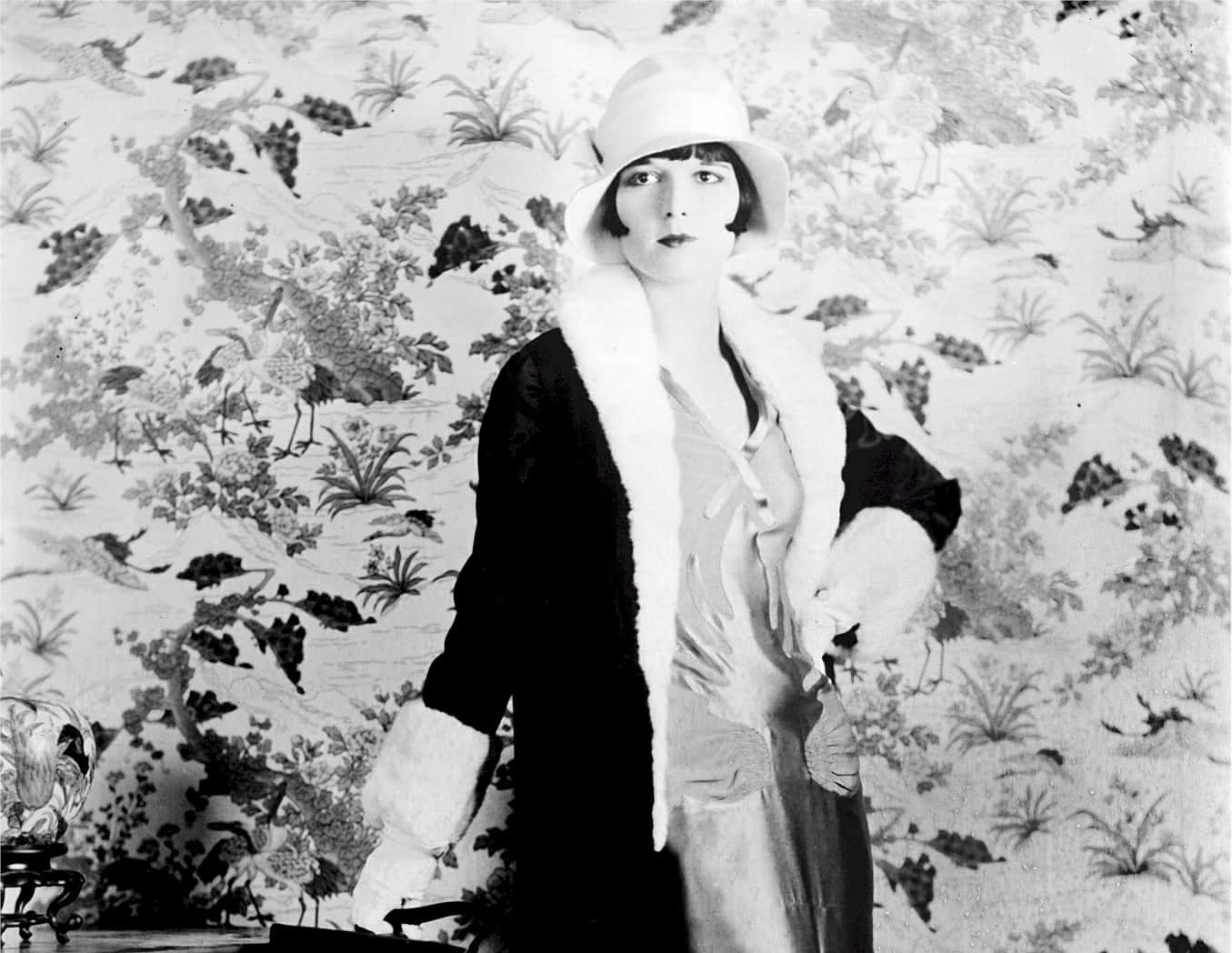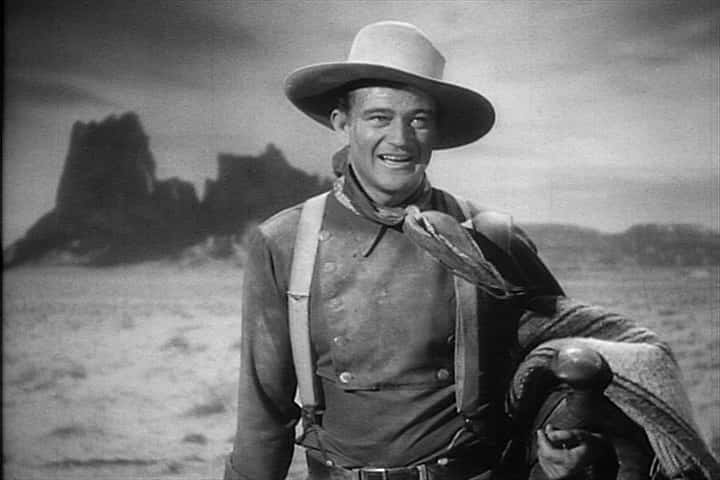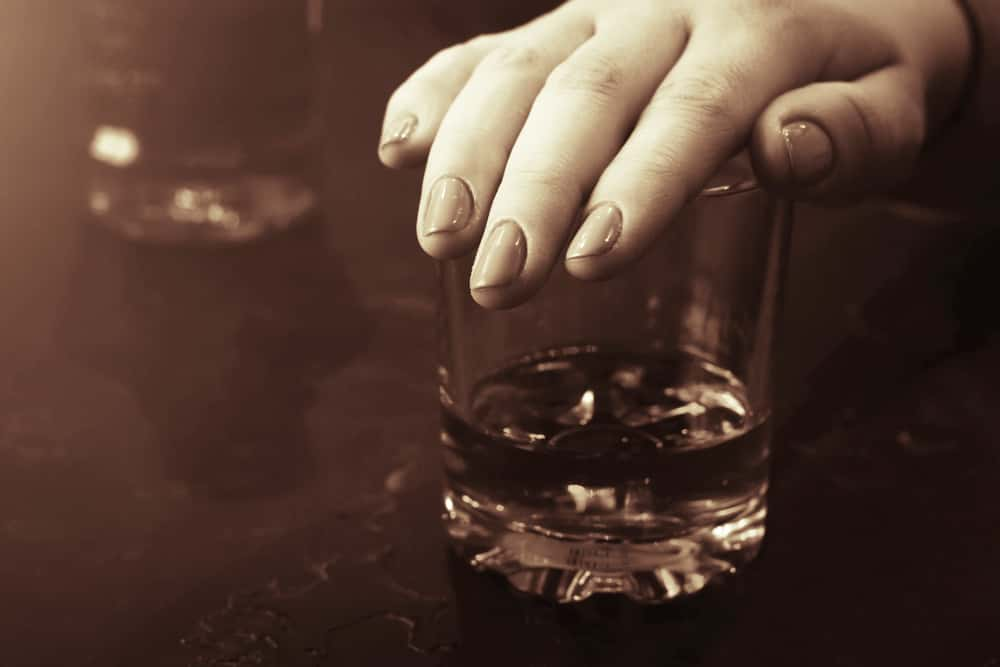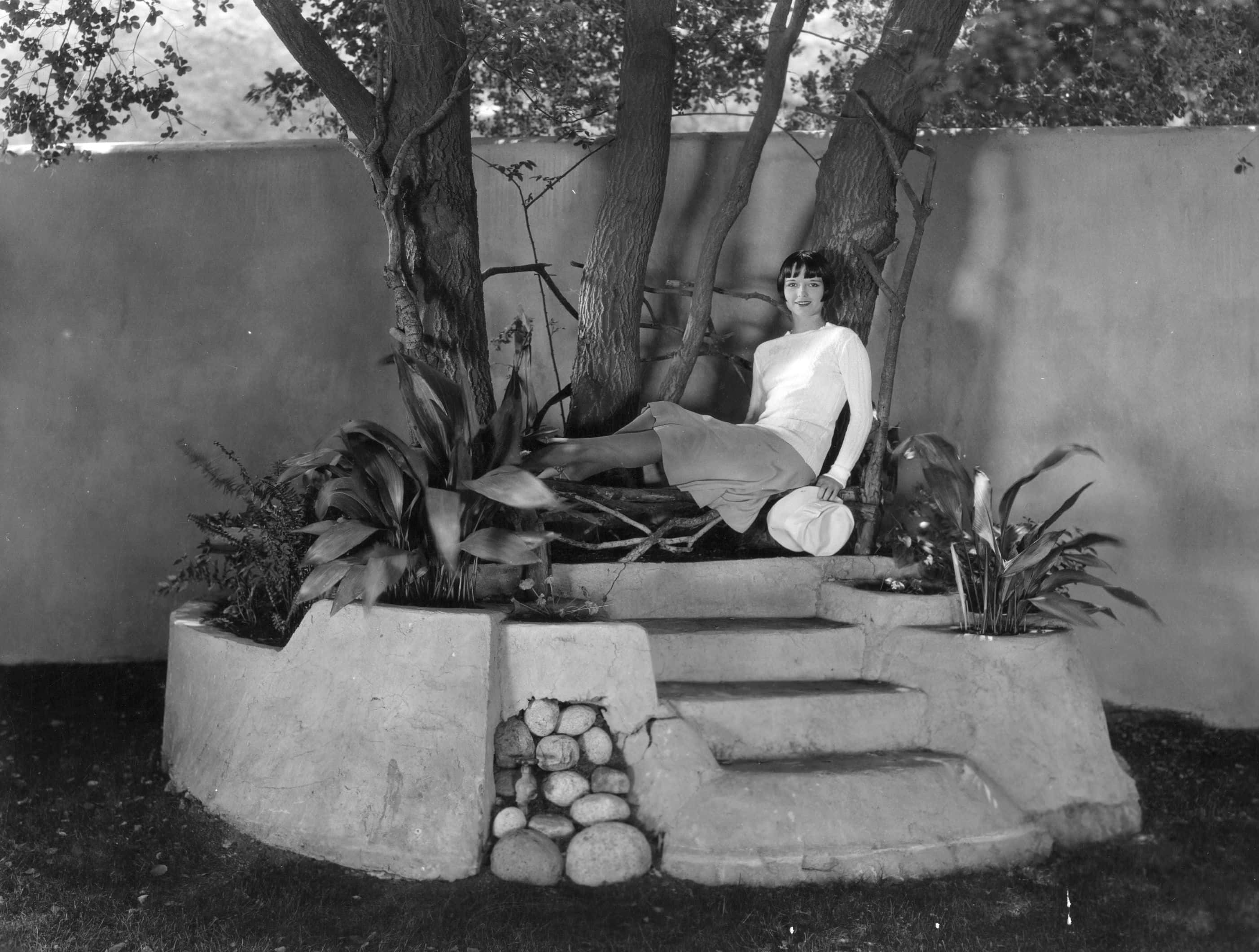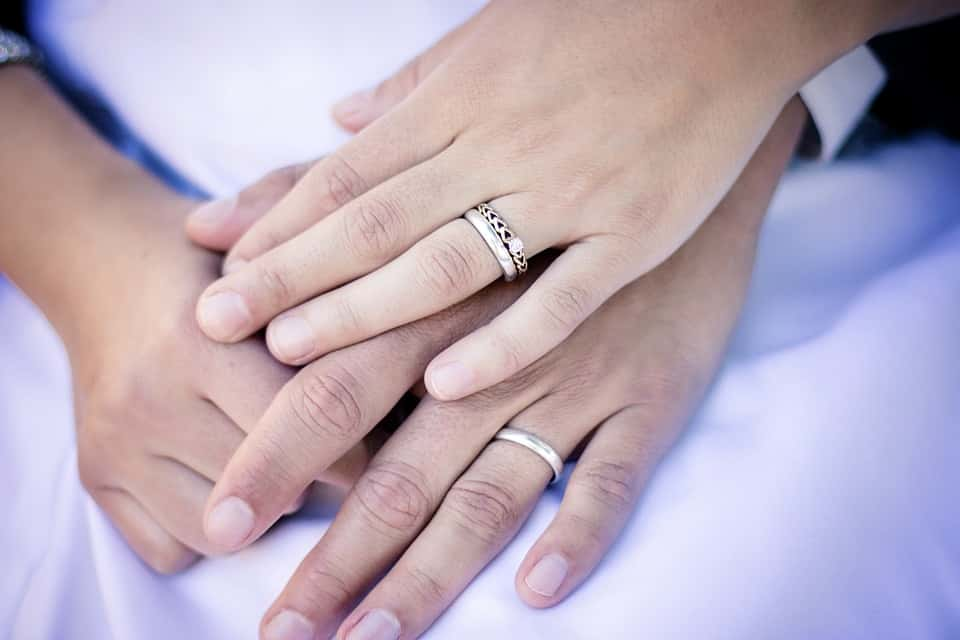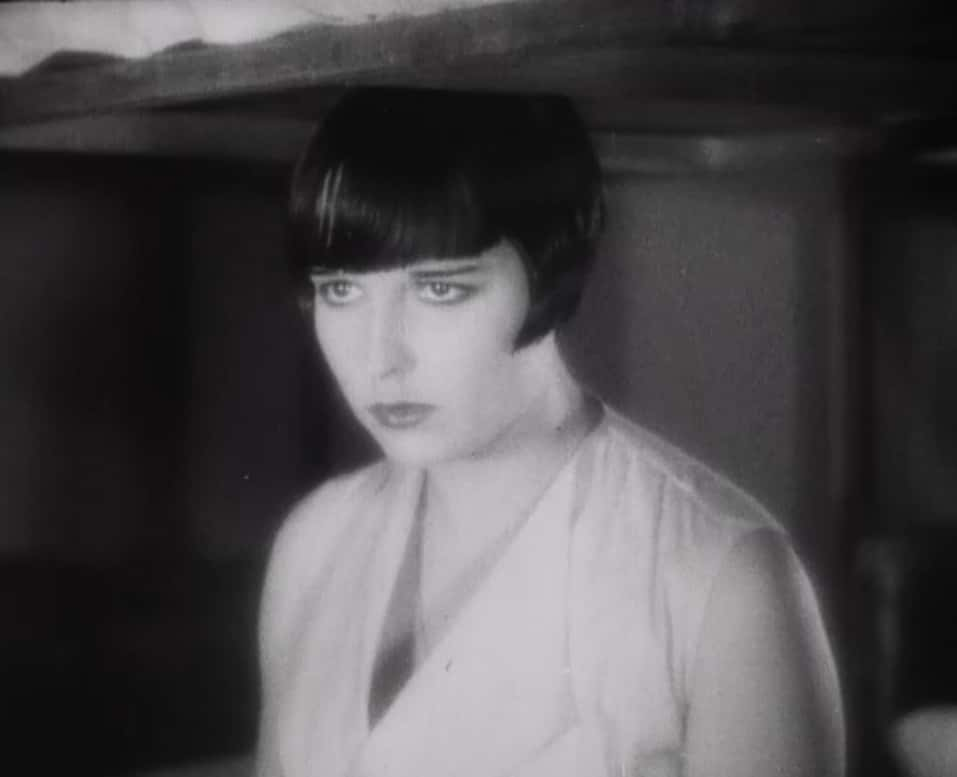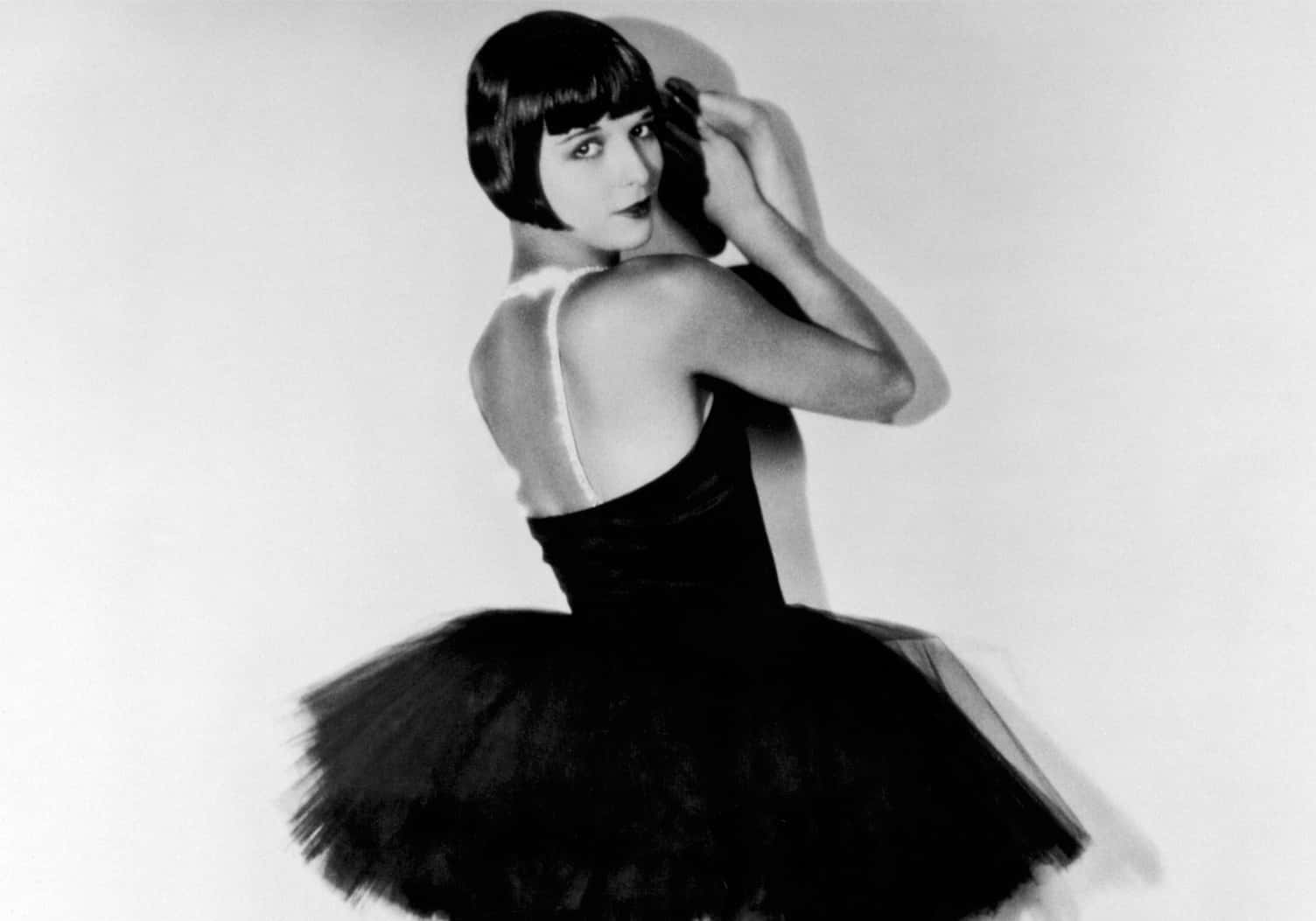Louise Brooks was once one of the world’s biggest stars. With her bobbed haircut and hard-partying lifestyle, “Lulu” epitomized the Jazz Age Flapper Girl, bringing a sense of flirtatious fun to the stages and screens in the United States and Europe. And then, just as suddenly as she came, she was gone. Whatever happened to the It Girl of the 1920s? Here are 43 tragic facts about Louise Brooks.
Facts About Louise Brooks
1. Pastoral Beginnings
Mary Louise Brooks was born in Cherryvale, Kansas in 1906 to lawyer Leonard Brooks and his wife, Myra Rude. Her childhood best friend was Vivian Vance, who later rose to fame in her own right as Ethel Mertz on I Love Lucy.
2. No Sympathy
Brooks’s father was often preoccupied with his law practice, and her relationship with her mother could be difficult. Once, when Brooks confided that she had been assaulted as a child, her mother scolded her for “leading him on.”
3. Dancing Queen
Brooks left home at 16 to pursue her dream of becoming a dancer. She wound up in New York City, where she joined the Denishawn modern dance company, a pioneering modern dance school whose members included dance legend Martha Graham and actresses Lillian Gish and Myrna Loy. Brooks spent two years with the troupe before being thrown out after a fight with founder Ruth St. Denis.
 Shutterstock
Shutterstock
4. Landing on Her Feet
Brooks soon found work in New York, first with the vaudeville troupe George White’s Scandals, then rising to the role of featured performer with the legendary Ziegfeld Follies, alongside the likes of W.C. Fields and Will Rogers.
5. Mixing Business and Pleasure
Brooks’s performances with the Follies caught the eye of Walter Wanger, a producer for Paramount Studios. Not only did Wanger sign Brooks to a five-year studio contract, they also began an on-again, off-again relationship.
6. Arousing Suspicion
Brooks had also been noticed by MGM Studios, who tried to sign her. Wanger encouraged Brooks to sign with MGM instead of Paramount so as to avoid rumors of favoritism about their affair. Brooks, always the iconoclast, insisted on signing to Paramount anyway.
7. Dancing Lessons
Brooks met Charlie Chaplin not long after signing with Paramount Pictures, and the two carried out a brief affair. Later, Brooks would say, “I learned how to act watching Martha Graham dance, and I learned how to dance watching Charles Chaplin act.”
8. Seeing the Future
One day, Chaplin took Brooks to a production of the play Outside Looking in. The play was later made into a movie, Beggars of Life, which starred Brooks herself.
9. No Stunt Double
Brooks impressed the crew of Beggars for Life by performing her own stunts. One scene called for her character, Nancy, to hop a freight train; Brooks ably performed the feat.
10. Evicted!
In Hollywood, Brooks immediately built a reputation for decadence and debauchery. Thrown out of the Algonquin Hotel, she took up residence at the Martha Washington Hotel. She was once again thrown out. The evictions took place in the span of a month.
11. Lucky Break
Brooks’ first big role came in the film A Social Celebrity. Originally cast as a manicurist, Brooks was pushed into the lead role when star Greta Nissern suddenly dropped out.
12. Pen Pals
Brooks’ distinct looks and notorious behavior inspired comic artists around the world. The popular Dixie Dugan strip was based on Brooks, as was the erotic comic Valentina. Valentina creator Guido Crepax became a close friend, and the two maintained a correspondence for many years.
13. Private Eye
In 2015, artist Rick Geary published a graphic novel which imagines Brooks as a detective. It is called Louise Brooks, Detective.
14. Not the Marrying Type
In 1926, Brooks married her one-time director Eddie Sutherland. However, she left him to pursue a relationship George Preston Marshall, a businessman who would later own the Washington Redskins football team. She admitted she was "terribly in love" with Marshall, and said that meeting him was "the most fateful encounter of my life."
15. Thanks, But No Thanks
Brooks carried on numerous affairs with both men and women. She even carried on a brief fling with her silver screen competitor, Greta Garbo. Brooks never considered herself bisexual, however; she said, “Out of curiosity, I had two affairs with girls—they did nothing for me.”
16. Eurotrip
At the height of her fame, Brooks left the United States to work in Germany. The three films she made there, Pandora’s Box, Diary of a Lost Girl, and Miss Europe, are considered the best of her career.
17. Preferred Pick
G.W. Pabst desperately wanted Brooks to play the role of Lulu in his film Pandora’s Box, but she was under contract to Paramount Studios at the time. At first, Pabst had to settle for his second choice, German megastar Marlene Dietrich.
18. Last-Minute Replacement
According to legend, Dietrich was in Pabst’s office waiting to sign the contract for Pandora's Box at the exact moment that Brooks was unexpectedly freed up from Paramount. Brooks was given the part, and Dietrich was politely asked to leave.
 Pandora
Pandora
19. Give Her a Chance
Pabst had first seen Brooks in 1928’s A Girl in Every Port, and his decision to cast her caused a mild outcry in the German film industry; the role of Lulu was considered an especially “German” part, and choosing Brooks over Dietrich baffled Pabst’s contemporaries. Her co-star, Fritz Kortner, despised her because she was not a trained actress. Brooks' performance in the film changed critics’ minds, however, and Pandora’s Box is now considered a canonical work of German silent cinema.
20. The Silent Treatment
Brooks’ final film for Paramount was The Canary Murder Case. Originally a silent picture, executives decided it should be a “talkie.” And while no one was too mad that Brooks left Paramount to work in Germany, her refusal to return and record dialogue for the film landed her on Hollywood’s blacklist. Even so, when the studio threatened to run her out of town, Brooks was unfazed. She simply replied, "Who wants to work in Hollywood?"
21. Bad Decision
In 1931, Brooks turned down a role in the James Cagney gangster picture The Public Enemy. The Public Enemy became a huge hit, and made a Hollywood superstar of Brooks’s replacement, Jean Harlow.
22. On Hiatus
Despite the critical success of her German films, after 1931 Brooks would not appear on screen for another five years. Her next film was 1936’s Empty Saddles, playing the role of cowgirl Boots Boone.
23. Friends in Low Places
Even her work in 1931 was nothing to write home about. She was able to get a bit part in Windy Riley Goes Hollywood, which was being made by a discount movie studio called Mermaid Talking Pictures. The film was directed (under a pseudonym) by Brooks’s old friend and fellow Hollywood pariah Fatty Arbuckle.
24. On the Payroll
Known to have had many lovers throughout the 20s and 30s, one of Brooks' partners was the founder of CBS, William S. Paley. While their romantic relationship died out, Paley ended up doing one last act of kindness that would ultimately save Brooks’ life. Paley provided Brooks with a small, but much-needed, allowance for the rest of her days. She claimed it kept her from suicide at one particularly dark point in her life.
25. Bust
In 1932, Brooks declared herself bankrupt. With her film career waning, she attempted to open a dance school in Los Angeles. The plan collapsed, not helped when Brooks and her business partner, Barrett O’Shea, lost a considerable amount of their savings in a promotions scam.
26. Not in Kansas Anymore
Louise Brooks left Wichita in 1922 to join a dance company, where she quickly became a star at the age of 17. However, Brooks was abruptly fired from the company because of the personal conflict with Ruth St. Denis. Years later, when Brooks returned to Wichita, she found that she was deeply despised by everyone in the city for two different reasons. As she put it, "The citizens of Wichita either resented me having been a success or despised me for being a failure. And I wasn't exactly enchanted with them. I must confess to a lifelong curse: My own failure as a social creature."
27. Cowgirl’s Sweetheart
Eventually, Brooks threw in the towel. Her final film was 1938’s Overland Stage Raiders, a low-budget western co-starring a young, pre-fame John Wayne. Despite her disappointment with the film, she hit it off with her co-star, whom she called “a purely beautiful being.”
28. Star for Hire
To make ends meet throughout the 30s and 40s, Brooks worked as a nightclub dancer, a gossip columnist, a radio host, and—for a brief, unhappy period—a “courtesan.”
29. Shop Girl
In 1946, Brooks was in New York City. Unable to find steady acting work, she was relegated to working at Saks Fifth Avenue for a paltry wage. Rather than garnering sympathy, Brooks claimed that her former film-star colleagues were “disgusted” to see her stoop so low, and shunned her.
30. For Her Eyes Only
In the late 40s, Brooks wrote her first autobiography, Naked on My Goat. Despite the eye-catching title, the book never saw the light of day: Brooks herself threw the manuscript into an incinerator.
31. Louise Brooks, Author
Writing, however, proved to be a hidden talent for the former star. Brooks began a second career as a film essayist, historian, and critic, drawing on her wealth of experience and insider knowledge to craft witty, insightful essays that often contradicted the “official” history of Hollywood.
32. Keeping Clean
Writing, Brooks found, also helped her stay sober. A heavy drinker since her teenage years, she had also become addicted to sleeping pills since leaving Hollywood. Writing proved a helpful distraction.
33. Brooks’ Books
Several of Brooks’ essays were packaged alongside her memoir. In 1982, the collection was published as Lulu in Hollywood. She had previously self-published a small volume called Fundamentals of Good Ballroom Dancing.
34. A Few of Her Favorite Things
Brooks’ own favorite actress, one she spoke of often, was Margaret Sullavan, a minor star best known for appearing opposite James Stewart in The Shop around the Corner. Her favorite films were Pygmalion, An American in Paris, and Wizard of Oz.
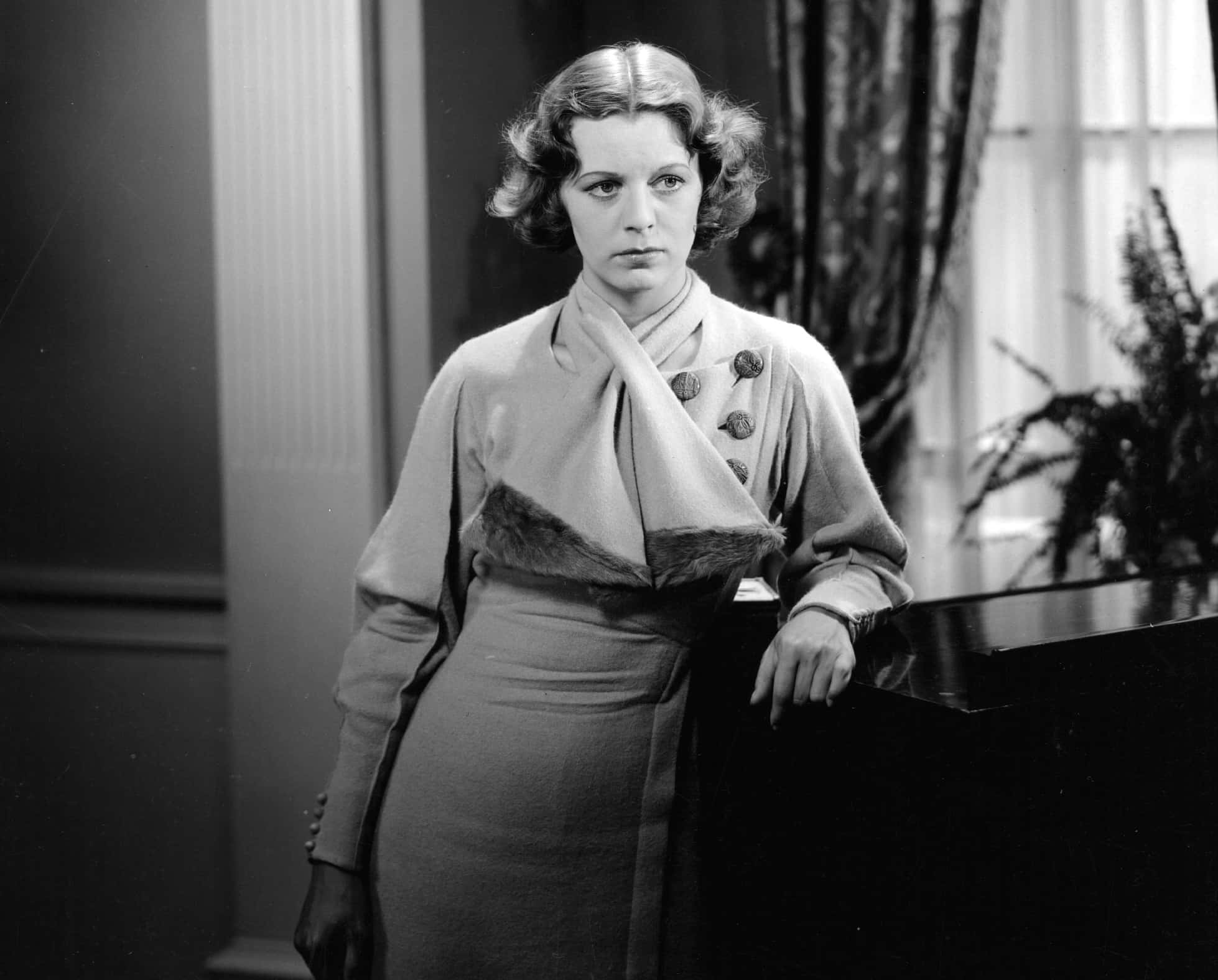 Getty Images
Getty Images
35. Home at Last
Brooks’s works in film criticism led to several close friendships among film historians. One, James Card, even managed to convince Brooks to leave New York City and relocate to Rochester, NY. Rochester was home to the George Eastman House, a photography and film museum where Card served as curator. Though it was far from Hollywood, relocating to Rochester placed Brooks in proximity to several influential film critics and historians, allowing her to cement her legacy.
36. #MeToo Moment
There may be other reasons for the decline of Brooks’s film career. She later claimed that Columbia Pictures head Harry Cohn had made advances at her, making it very clear that a film contract could be drawn up if she cooperated. An indignant Brooks refused.
37. Still Not the Marrying Type
In 1933, Brooks married millionaire Deering Davis. The marriage would last only five months, though Brooks and Davis were not formally divorced until 1938. She reportedly left "without a good-bye...and leaving only a note of her intentions."
38. Set Romance Gone Wrong
One of the most traumatic moments Brooks faced as a Hollywood star came on the set of Beggars of Life. According to her memoir Lulu in Hollywood, Brooks was so impressed with one of the stuntmen on the film, Harvey, that she shared an intimate evening with him while on location. But the next day, Harvey dealt her an absolutely cold-blooded betrayal.
The morning after, Brooks walked out of the hotel to see Harvey lounging on the porch. He stopped her and, in front of crew members, cruelly and falsely accused her of contracting syphilis from a torrid affair with a studio executive she had, in fact, never met. He then tossed out,"Another reason I want to know [if you have syphilis] is that my girl is coming up at noon to drive me back to Hollywood." No wonder she left.
39. How’d You Like to Be a Star?
At one point during her career, Brooks had become so obscure that, after appearing in a play under the stage name Linda Carter, she received an offer to do a screen-test for 20th Century Fox. The talent scout had no idea who she was.
40. Getting Religion
Around 1953, Brooks converted to Roman Catholicism. After her death in 1985, she was buried at the Holy Sepulchre Cemetery in Rochester.
41. A Legion of Adoring Fans
In the 1950s, Brooks's work was championed by a new generation of French film students. Almost evangelical in their support for Brooks, they adopted Henry Langlois' slogan “There is no Garbo! There is no Dietrich! There is only Louise Brooks!”
42. Some Regrets
While her place in film history was secured, Brooks went to her grave filled with disappointed and regret. At the end of her life, she wrote, “I have been taking stock of my 50 years since I left Wichita in 1922 at the age of 15 to become a dancer with Ruth St. Denis and Ted Shawn. How I have existed fills me with horror. For I have failed in everything—spelling, arithmetic, riding, swimming, tennis, golf, dancing, singing, acting, wife, mistress, whore, friend. Even cooking. And I do not excuse myself with the usual escape of ‘not trying.’ I tried with all my heart.” Brooks died of a heart attack on August 8, 1985.
43. Society Girl
In 1995, Brooks’s admirers established the Louise Brooks Society. With members in over 50 countries, the Louise Brooks Society celebrates the life of the former star through books, blogs, a digital archive, and even their own radio station, “RadioLulu.”
Sources: 1, 2, 3, 4, 5, 6, 7, 8, 9, 10, 11, 12, 13, 14, 15, 16, 17


